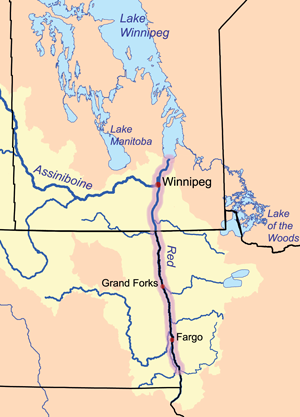Last updated: October 8, 2023
Squanto sought his owne ends, and plaid his owne game
—Bradford, Of Plim̃oth Plantation (OPP), pg. 71, spelling slightly modernized
Introduction
If you’re a white American and you’re like me, the sum total of your childhood knowledge of the First Thanksgiving, the Pilgrims, and the Indian named Squanto was probably something like this:
Like the settlers at Jamestown, the Pilgrims at Plymouth endured a “starving time.” Half the group died during the first winter. However, they were saved by Native Americans who had learned to speak English. Squanto, a Native American, taught the Pilgrims how to plant native crops.
Sometime in the fall of 1621 the Plymouth settlement celebrated a good harvest by holding a three-day feast. It was the first Thanksgiving in New England. This Thanksgiving came to represent the peace that existed at that time between the Native Americans and Pilgrims.
This is from Dallek et al. (2008:68), a textbook for grades 6-8. For the most part this passage isn’t strictly incorrect. It is, however, both boring and terribly incomplete. It doesn’t just leave out things like the fact that there’s no such thing as “the Native Americans” as some monolithic block (“the peace that existed at the time between the Native Americans and Pilgrims” certainly didn’t exist between the Pilgrims and all local Indian groups!), or how it came to be that some Indians had learned to speak English (in Squanto’s case, enslavement!), but it leaves out characters, which is the main thing that makes it boring. We have a passage with dozens of people dying horrible deaths, but there’s no pathos and no names or stories to actually bring home the fact that human lives have been lost. We also have a passage in which only one person, Squanto (whom I’ll now be calling “Tisquantum,” for reasons to be explained), is named, but in which he is certainly not a “character.” Other historically important characters, from Massasoit and Hobbamock to William Bradford and Edward Winslow, are not mentioned at all. Tisquantum pops into existence briefly in order to move the English people’s story along by teaching them how to plant crops (YAWN!), then vanishes again. His personality is never described, nor any of his other actions, nor are his motivations examined. (Nor for that matter are those of any of the other Indians—why did the Pokanoket chief Massasoit choose to help the English colony survive, for instance?)
But Tisquantum was very much a full-fledged character, a three-dimensional human being. The greatest sin in the traditional accounts of Indian history and Indian-white relations is the denial of agency to Indians—they are nothing but people to whom events happen, and they enter the narrative when interacting with whites, but their own responses to the situations in which they find themselves are never considered. This is true of the well-meaning but flawed “noble savage” and “poor oppressed Indians” narratives as well as the even less savory ones. Indians were obviously terribly treated and oppressed in multitudinous ways by European colonizing forces, but the overall series of processes by which this happened was complex, and Indian people did not just sit around passively allowing this to happen—they made reasonable and deliberate personal, economic, social, and political choices at every stage, even if they often had limited options and even if these choices often proved, with hindsight, not to lead to the desired consequences.
Only comparatively recently have non-Indian historians begun to examine historical events in which Indians took part with an eye toward the Indians’ own experiences and choices. And sadly, such an outlook still remains essentially absent from school curricula and thus popular culture. The story of Tisquantum and other southern New England Native peoples is a prime example in which Indians were clearly making calculated decisions and choices. For all their faults and their chauvinistic attitudes towards Indians, Bradford and other Pilgrims who knew Tisquantum were able to recognize this—and to be able to conclude that Tisquantum “sought his own ends and played his own game.” Continue reading “Playing His Own Game: A Squanto Post” →
